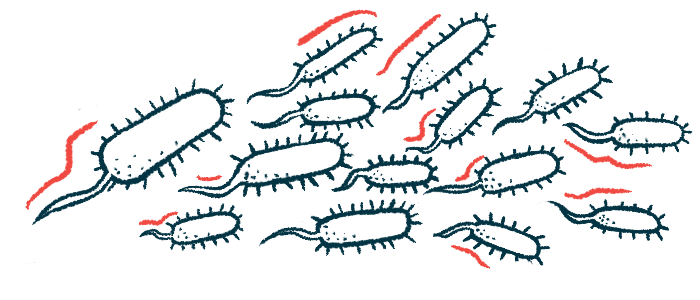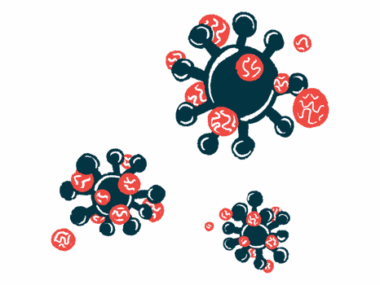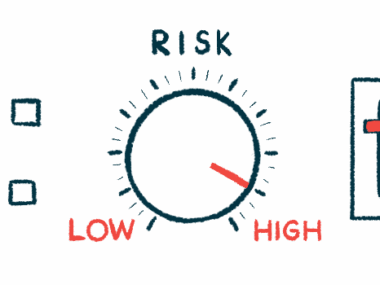Risk of infection high with AAV, and it can be severe
Infections reported in majority of over 5,300 patients in meta-analysis
Written by |

More than half of the people living with ANCA-associated vasculitis (AAV) have infections caused by bacteria, fungi, or viruses, often in the respiratory tract, with more than one-third developing severe infections.
That’s according to a meta-analysis of published data, which also identified several risk factors for infections in this patient population. They include older age, kidney and lung involvement, diabetes, smoking, low white blood cell counts, and certain treatments like immunosuppressants.
Findings emphasize that “in patients with AAV, therapy should take risk factors for infection into account,” and “risk factors should be modified wherever possible,” the researchers wrote.
The study, “Characteristics and risk factors for infection in patients with ANCA-associated vasculitis: A systematic review and meta-analysis,” was published in the journal Autoimmunity Reviews.
Majority of patients studied had an infection, severe for more than one-third
AAV is an autoimmune disease that causes inflammation in small blood vessels, often damaging organs like the kidneys and the lungs. Disease treatments usually include immunosuppressants to control its symptoms and advance, but as these weaken the immune system, patients become more susceptible to infections.
“Infections are the leading cause of death in patients with AAV, particularly during the first year of treatment,” the researchers wrote. “Therefore, to address the threats posed by infection in patients with AAV, it is essential to identify risk factors for infection.”
A team of researchers in China systematically reviewed studies published up to November 2023 reporting on the frequency, characteristics, and risk factors of infections in people with AAV.
A total of 41 studies, involving 5,343 patients in 15 Asian, American, and European countries, were included in the meta-analysis. Pooled data from all 41 studies showed that 54.6% of AAV patients had infections, and more than one-third (35.8%) developed severe ones.
Bacterial infections were the most common, followed by those caused by fungi and viruses.
Available data from 26 studies showed that the respiratory tract was the most common site of infection, reported in more than half of all cases (55.4%). Other affected sites included the blood (9%), urinary tract (8.7%), skin and soft tissues (7.3%), and digestive tract (6.4%).
Risk factors include age, disease severity, and kidney and lung involvement
Based on data from up to 24 studies, the researchers found that patients with infections were, on average, 3.89 years older than those without infections, and that the risk for infections increased with age, by 29% with each decade.
Available data on risk factors showed that smoking, having diabetes, kidney failure, and undergoing dialysis to replace kidney function each significantly associated with a twice higher risk of infection.
Kidney involvement was linked to a 83% higher risk, low numbers of circulating white blood cells to a 69% increased risk, lung involvement to a 53% higher risk, and a higher Birmingham Vasculitis Activity Score, indicating more severe disease, to a 34% increased risk.
Data from up to 13 studies showed that using cyclophosphamide or high-dose methylprednisolone, both immunosuppressive treatments, increased the risk by up to 62%, whereas plasma exchange, a blood-cleaning procedure, increased it by 50%.
While preventive treatments with antibiotics or other medications may reduce the risk of severe infections, “a better understanding of the risk factors for infection might result in better management of AAV,” the researchers wrote.
“In patients with AAV with risk factors for infection, physical protection against infection should be strengthened,” they added.
“For healthcare workers and family members, hand hygiene … and respiratory hygiene/cough etiquette guidelines should be followed,” and “patients should avoid exposure to environments with high concentrations of airborne fungal spores and consider precautions such as wearing respiratory masks and footwear exchange,” the researchers concluded.






